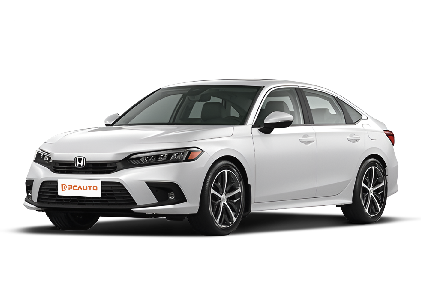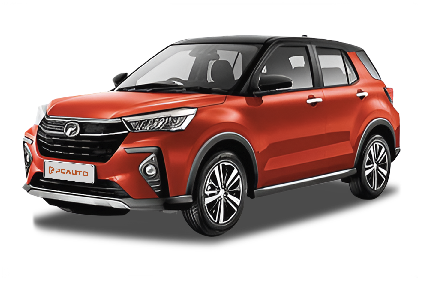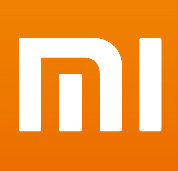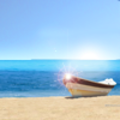Q
proton x50 berapa seater
The Proton X50 is a 5 - seater compact SUV which is well - suited for Malaysian families or for daily commuting. It features a 2+3 seating layout – two independent bucket seats up front and a three - person bench in the back – with an interior design that strikes a good balance between comfort and practicality. Built on the BMA platform, it has a nicely proportioned body, and the rear legroom is actually quite spacious. That said, cramming five adults in for a long road trip might start to feel a bit tight after a while. A handy feature here is the 60:40 split - folding rear seats. When you fold them down, you'll have flexible cargo space, which is great when you need to haul bigger items. In Malaysia, 5 - seater SUVs are a big hit for a reason – they meet the passenger - carrying needs of most families, while being more fuel - efficient and easier to park than their 7 - seater counterparts. Being locally assembled, the Proton X50 also offers high cost - effectiveness and benefits from government tax incentives – definitely part of why it's enjoying high popularity in the local market. If you're in the market for an SUV, besides just seat count, there's more to weigh up. Think about powertrain options (the X50 offers 1.5T three - cylinder and 1.5TGDI four - cylinder choices), safety kit (like the ASA advanced safety assists that come standard across the range), and warranty coverage (a solid 5 - year unlimited mileage warranty). All these factors play into how enjoyable – or not – your day - to - day driving will be.
Special Disclaimer: This content is published by users and does not represent the views or position of PCauto.
Popular Models
Latest Q&A
Q
Which country is Jaguar E- Pace made in?
The Jaguar E-PACE is a luxury compact SUV built in several locations worldwide, with its primary production hub at Magna Steyr's plant in Graz, Austria – a facility renowned for crafting high-quality vehicles under contract, including models for other major brands. For the Malaysian market, the E-PACE arrives via import, guaranteeing it meets Jaguar's stringent global standards. As Jaguar's first foray into the compact SUV segment, the E-PACE showcases the brand's signature design language paired with advanced powertrain tech, such as the Ingenium range of turbocharged engines. These units strike a fine balance between performance and fuel efficiency, making them well-suited for both Malaysian city commutes and longer road trips. Malaysian buyers can purchase with confidence, too; every imported E-PACE undergoes rigorous quality checks and is backed by Jaguar's comprehensive after-sales network, which includes regular servicing and expert technical support to keep your vehicle running in top condition.
Q
What is the difference between Jaguar E-Pace and F-pace?
The Jaguar E-PACE and F-PACE are two SUVs with distinct personalities, each tailored to different needs. The key differences lie in their size, power, and intended use.
The E-PACE is Jaguar's compact SUV offering. Its smaller footprint makes it a nimble companion for city driving, where squeezing into tight parking spots and zipping through traffic is a breeze. Under the hood, you'll find a 2.0-liter turbocharged engine, which delivers peppy performance paired with decent fuel efficiency – perfect for young families or those who commute daily and value agility.
Step up to the F-PACE, and you're in the realm of a mid-size SUV. This means more interior space, particularly noticeable in the rear seats and a more generous cargo area, making it ideal for folks who regularly haul passengers or need extra room for luggage and gear. The F-PACE also ups the ante on power, with options like the punchy 3.0-liter six-cylinder engine, catering to those who enjoy longer road trips or crave a more spirited driving experience.
Both SUVs boast Jaguar's signature luxurious design language and interiors that feel premium to the touch. However, the F-PACE edges ahead when it comes to cutting-edge tech and overall opulence. Think optional upgraded sound systems and a more comprehensive suite of driver assistance features for that extra layer of sophistication and convenience.
Here in Malaysia, the E-PACE really comes into its own on our narrower city streets, where its maneuverability is a big plus. The F-PACE, on the other hand, shines as a family hauler or for drivers who love weekend getaways and exploring beyond city limits.
On top of that, Jaguar's local after-sales network is quite solid, so both models benefit from the brand's professional maintenance services. Ultimately, the choice between them boils down to your individual lifestyle and what you prioritize most in a vehicle.
Q
How to replace the rear wiper blade on the Jaguar E-Pace?
Changing the rear wiper blade on your Jaguar E-Pace is actually a piece of cake. First off, you'll need to pick up a wiper blade specifically designed for this model. You can find OEM or compatible options at Jaguar authorized dealers in Malaysia or big auto parts stores – I’d recommend going for one with a rubber protective coating to make it last longer. When you’re ready to do the swap, gently lift the wiper arm up to a vertical position. Be careful not to let it snap back suddenly, as that could damage the glass. Next, locate the release tab on the wiper blade connector (it’s usually in the middle), press it down, and slide the old blade out towards the end of the wiper arm. Then, line up the new blade with the slot and push it in the opposite direction until you hear a "click" – that means it’s locked in place. Finally, just gently lower the wiper arm back down.
One thing to note: Malaysia’s rainy season is pretty long, so it’s a good idea to replace your wiper blades every 6-12 months. If you start noticing streaks, skipping, or weird noises when they’re wiping, swap them out right away. Also, when parking, try to lift the wiper arms up to keep the rubber from warping in the heat. Oh, and heads up – the wiper blade specs might be different between the 2017-2020 models and the facelifted versions from 2021 onwards. If you’re not sure which one you need, just give your VIN to the parts supplier and they can check for you.
Q
How much is the new Jaguar E-Pace?
The all-new Jaguar E-Pace hits Malaysian shores with a price tag that varies depending on the trim you pick. The entry-level model starts at around RM 398,000, while the fully-loaded versions can nudge closer to RM 450,000. For the most up-to-date figures and any ongoing promotions, your best bet is to swing by your local authorized Jaguar dealer – they’ll have the latest scoop.
As a luxury compact SUV, the E-Pace turns heads with its sporty looks, a seriously sharp interior, and all the tech you’d expect. Under the hood, you’ll find Jaguar’s Ingenium turbocharged engine, which dishes out more than enough grunt for spirited drives. Pair that with the Jaguar Drive Control system, and you’ve got a ride that adapts to just about any road condition you throw at it – handy for Malaysia’s mix of highways and backroads. Speaking of local roads, the E-Pace also boasts a decent ground clearance, making those occasional rough patches a breeze. Safety hasn’t been skimped on either, with features like adaptive cruise control and emergency brake assist coming standard.
To top it off, Jaguar Malaysia is offering a range of financing options and warranty packages, making it that much easier to get behind the wheel of this British luxury SUV.
Q
How to improve the fuel efficiency on Toyota Tundra?
If you want to boost your Toyota Tundra's fuel economy, here are a few angles to tackle it. First off, keep the truck in tip-top shape. Regularly swap out the air filter, spark plugs, and engine oil to make sure the motor's running at peak efficiency. And don't sleep on tire pressure – underinflated tires create more rolling resistance, which guzzles extra fuel. I'd suggest checking those pressures at least once a month and inflating 'em to the specs the factory recommends.
Next up, tweak your driving habits. Lay off the jackrabbit starts and sudden stops; keeping a steady speed is your best friend here. On the highway, cruise control is a lifesaver – it cuts down on unnecessary throttle jabs. Then there's the AC conundrum. Yeah, rolling the windows down feels nice, but at highway speeds, that wind resistance can actually make you burn more fuel than just cranking the AC.
For our friends in Malaysia, with that relentless heat making AC a must, make sure you're cleaning the AC system regularly to keep it cooling efficiently. Also, lighten the load – ditch the roof racks and any extra gear you don't need. Less weight and drag mean better MPG.
Fuel choice matters too. The Tundra can handle regular gas, but sticking to the octane rating Toyota recommends will let the engine perform its best, which in turn helps with efficiency.
Lastly, consider switching to a lower viscosity motor oil, like 0W-20 or 5W-20. Thinner oil reduces internal engine friction, which is a win for fuel economy. These little tricks aren't just about saving at the pump – they'll help your Tundra last longer too. Definitely handy for Malaysian drivers who do a lot of highway miles or haul cargo regularly.
View MoreLatest News

Toyota's comprehensive transformation: What changes will happen to Century, Lexus, GR, Toyota, and DAIHATSU?
Kevin WongOct 17, 2025

iCaur 03 vs. BYD Atto 3, how will iCaur 03 challenge the globally best-selling Atto 3?
Kevin WongOct 16, 2025

Lexus LS may turn into a six-wheel MPV, so why does the LS Concept use a six-wheel design?
MichaelOct 16, 2025

Zeekr 7X VS Toyota bZ4X: Which car, from China or Japan, is more futuristic?
Kevin WongOct 15, 2025

The Tiggo 7 PHEV, conversely, gains traction among younger buyers by offering a lower price point and a more technologically advanced package.
JamesOct 15, 2025
View More


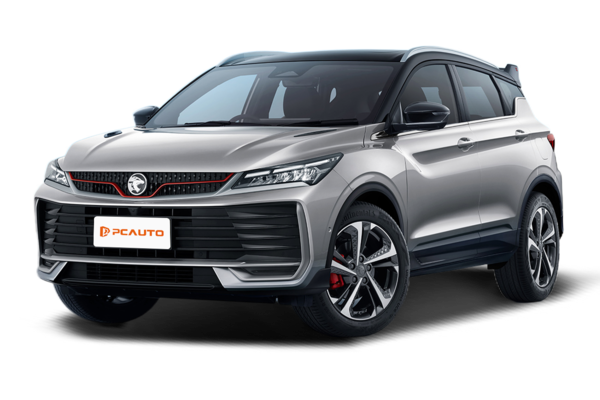
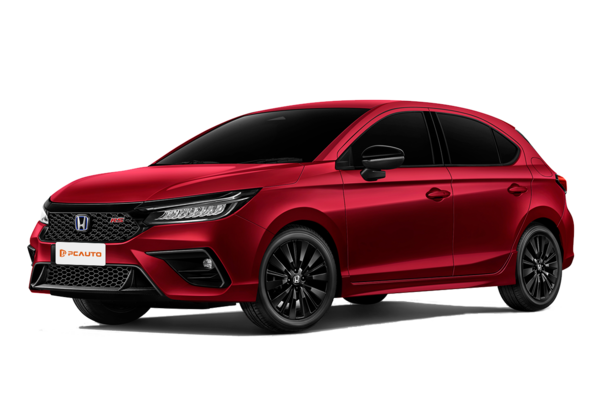
 Cars
Cars